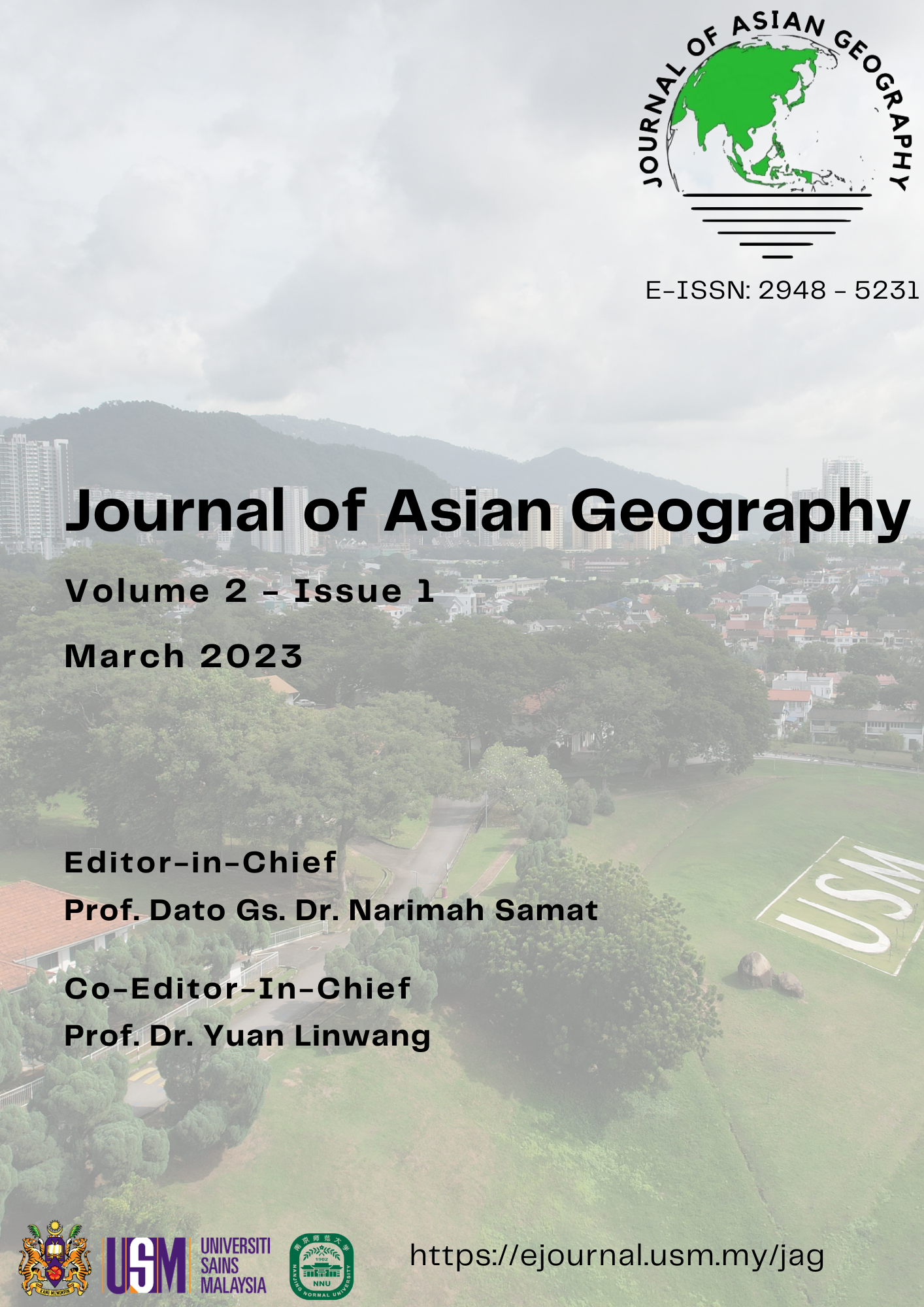Influence of Environmental Factors on Malaria Incidence in Jigawa State, Nigeria
Abstract
Malaria has become a significant health disaster, particularly in developing countries, where physical and built environments are poorly improved. This paper aims to assess the influence of climatic and non-climatic environmental variables on malaria incidence. Climatic variables (rainfall, temperature, and humidity), physical environmental variables (distance to mosquito breeding sites and vegetation cover), built environmental variables (condition of sewers, distance to garbage dumpsite, type of house, availability, and condition of water storage containers, type of plant cover within residential houses and type of animal kept in residential compound) were analysed to determine their relationship with malaria incidence using correlation and multiple regression analyses. The results showed that all the variables except temperature and condition of water storage containers showed a positive correlation with malaria incidence. Furthermore, relative humidity, rainfall, and distance to mosquito breeding sites were the most significant factors, and the correlation coefficients are 0.424, 0.333, and 0.383 (P < 0.0001), respectively. Moreover, climatic and non-climatic environmental factors accounted for 18.9% and 19.0% of the malaria incidence. Our findings identified the most significant environmental determinants for malaria incidence in the area. This will help in the planning of malaria control activities in the area.
Downloads
Published
Issue
Section
License
Copyright (c) 2023 Journal of Asian Geography

This work is licensed under a Creative Commons Attribution 4.0 International License.


